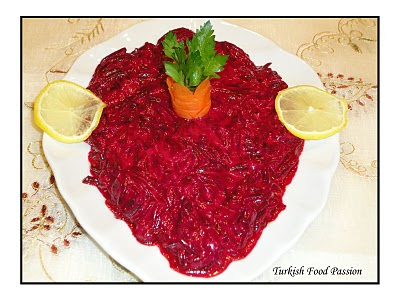
3 ¼ cup chickpeas
½ medium onion (chopped roughly)
2 cloves garlic (chopped fine)
1 lb ground lamb
2 tbsp olive oil
2 tbps red pepper paste
1 tsp cumin
1 tsp ground black pepper
½ tsp ground dry mint
1 ½ tsp salt (adjust to your taste)
2 tsp white vinegar
3 cups water
Wash and soak chickpeas overnight. Drain and boil in a pot for about 30-35 minutes. The chickpeas should be soft, but not mushy after boiling.
Heat a skillet and cook the ground lamb until all the juices are released. Remove from heat and get rid of the juices in the pan.
In a large pot, heat olive oil on medium heat. Saute onions and garlic for 2-3 minutes. Add the lamb and stir for less than a minute. Add chickpeas and cook for 5 minutes. Add water, red pepper paste, cumin, black pepper, dry mint, salt and vinegar.
Stir the ingredients in the pot and cook covered on medium heat for approximately 40 minutes. Make sure the chickpeas are soft to eat.
Serve with rice or bulgur pilaf.

















 Note: The Phyllo dough sheets can be found in the frozen section of most markets. If the Pyhllo sheets are too big for the tray or Pyrex dish you are using, the phyllo sheets can be folded to reach the size of the baking dish.
Note: The Phyllo dough sheets can be found in the frozen section of most markets. If the Pyhllo sheets are too big for the tray or Pyrex dish you are using, the phyllo sheets can be folded to reach the size of the baking dish.

